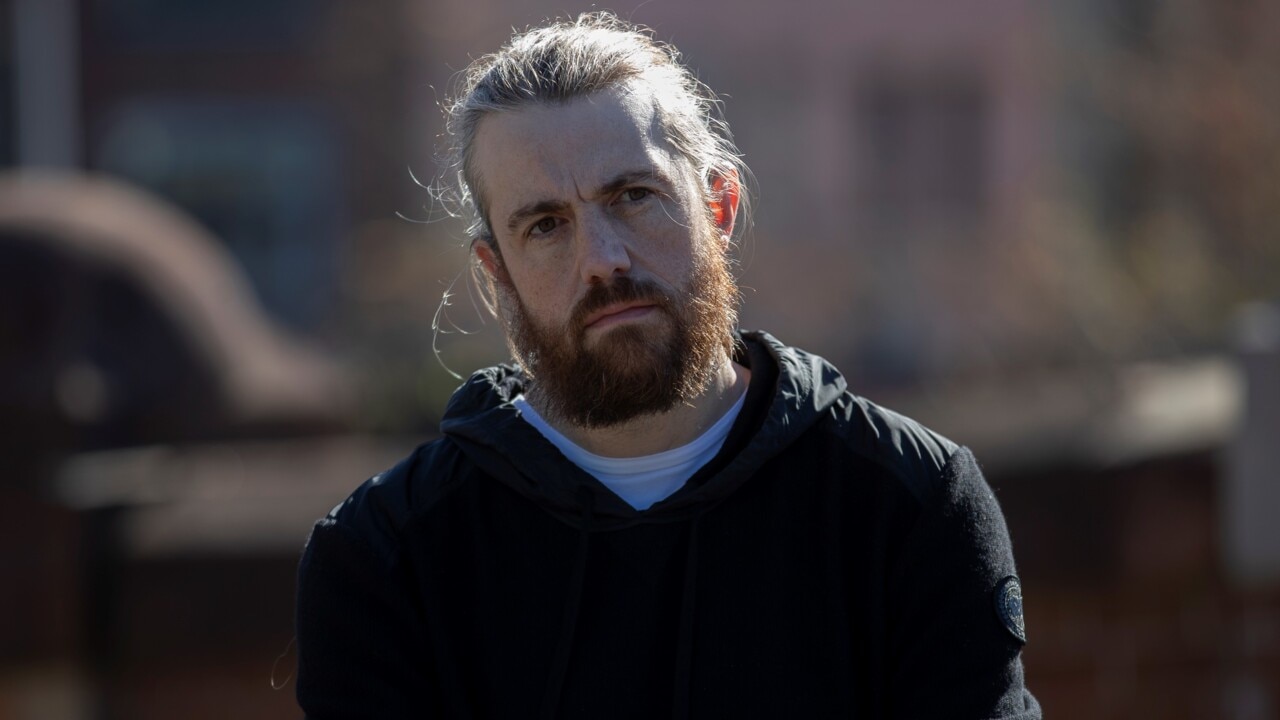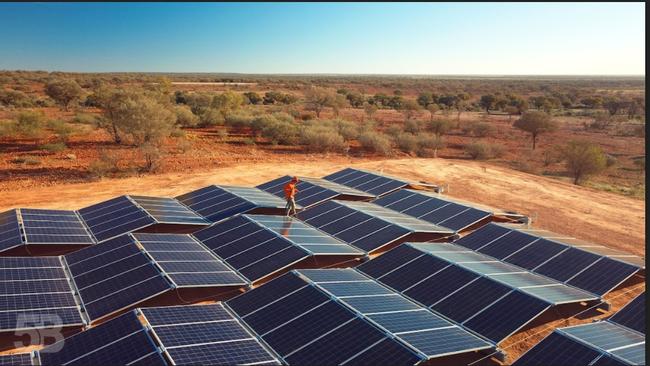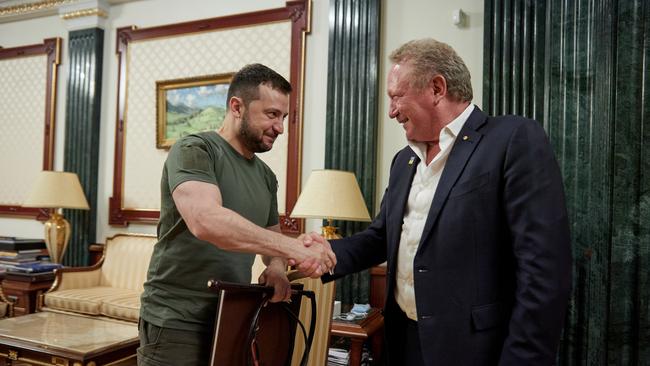Green energy link ‘not viable’
A key executive of Andrew Forrest has described Sun Cable’s marquee project as ‘not commercially viable’.

One of Andrew Forrest’s key executives has described Sun Cable’s marquee project – the proposed 4200km connection to pump green energy from the Northern Territory to Singapore – as “not commercially viable” as the iron ore magnate considers whether to buy the company.
Sun Cable, the country’s most ambitious solar and battery project, fell into administration on Wednesday after a growing rift between its two billionaire backers – Dr Forrest and Atlassian co-founder Mike Cannon-Brookes.
While Mr Cannon-Brookes, through his Grok Ventures investment vehicle, has been critical of Dr Forrest and accused him of wanting to kill the central element of the project, Dr Forrest, who had invested through his private Squadron Energy business, has until now remained silent on what specifically caused the dispute.
On Sunday, however, Squadron chairman John Hartman said the company had undertaken a “comprehensive technical and financial analysis that included listening to customer feedback” and “concluded that Sun Cable’s Australia-Asia PowerLink project is not commercially viable”.
“However, Squadron continues to believe in the vision for a game changing solar and battery project in the North Territory’s Barkly region, including the proposed connection to Darwin,” said Mr Hartman, who is also the chief executive of Dr Forrest’s Tattarang investment company.
“As Australia’s largest renewable energy company, Squadron is best placed to help Australia become a green energy exporting superpower by generating renewable energy to produce green hydrogen and green ammonia.”

In a statement on Friday, Mr Cannon-Brookes’ Grok said the proposed cable between Darwin and Singapore was “the reason the founders started the company, and the reason investors invested in the company, in the first place”. The Sun Cable project aimed to transmit 20 gigawatts of power from the world’s largest solar farm near Tennant Creek to Darwin, with the electricity moving to Singapore where it would provide 15 per cent of the city-state’s power needs.
Mr Hartman last week said Sun Cable needed “urgent change” and cast doubt on the company’s ability to deliver the project “in its current form”, although he did not provide any details.
Increases in subsea survey expenses and a large rise in cable costs were among Squadron’s concerns about the Australia-Asia PowerLink, as was management’s efforts to front-end the investment without some environmental or regulatory approvals in a bid to meet delivery time frames, sources with knowledge of the talks told The Australian.
There were also worries that Singapore could import electricity from other countries at a lower cost. Authorities in Singapore are considering more than a dozen proposals, and have begun importing power from Laos.
The company was founded by David Griffin and brothers Mac and Fraser Thompson. Mr Griffin is the chief executive of Sun Cable, although sources said the founders declined to participate in recent fundraising rounds for the company. Grok Ventures has floated the idea of a new consortium rebooting the Sun Cable project, while Squadron is also considering whether it could put together a proposal.
Dr Forrest – who is strongly backing the potential of hydrogen generated by renewable energy through Fortescue Future Industries, part of the Fortescue Metals iron ore group he chairs – emerged as one of the country’s largest renewable energy investors after acquiring CWP Renewables for more than $4bn.

That deal makes Squadron a major renewable energy operator and developer, with a 2.4GW portfolio and a local development pipeline of 20GW.
Sun Cable still needed to raise more than $30bn in debt and equity to back its plans, with the company appointing Macquarie, Moelis and MA Financial as its financial advisers for the task.
Documents filed with the Australian Securities and Investments Commission last week showed that Sun Cable received a $28m injection on December 24. FTI Consulting, now the administrators of Sun Cable, were first contacted by the company’s management two days earlier.
Other investors include MYOB co-founder Craig Winkler, NextDC chief executive Craig Scroggie and Eytan Lenko, chief executive of Boundless Earth
Despite Squadron’s rejection of the Australia-Asia PowerLink, Mr Cannon-Brookes remains a supporter.
“Grok and every other investor is firmly of the view that the (AAPL) is the project to back – it continues to hit important milestones and remains on track to deliver affordable clean energy to Singapore,” it said. Infrastructure Australia assessed the project as investment-ready last year.







To join the conversation, please log in. Don't have an account? Register
Join the conversation, you are commenting as Logout